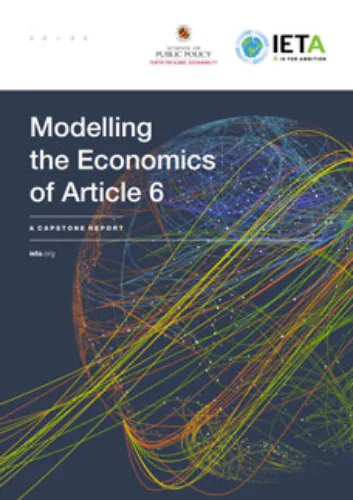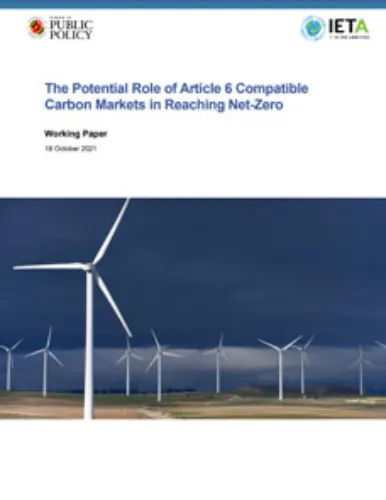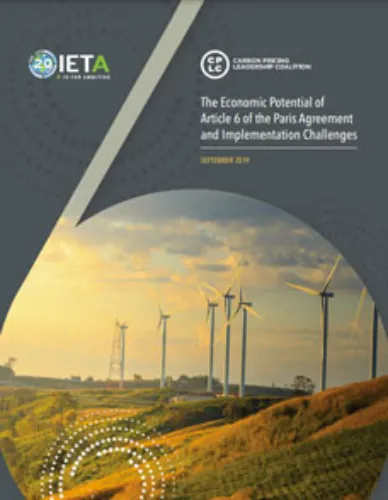This project is aimed at enhancing the effectiveness of the Paris Agreement by identifying how Article 6 implementation could encourage businesses to accelerate climate action and nations to advance more ambitious commitments
Over time, the project has received financial support from the Carbon Pricing Leadership Coalition (CPLC), Chevron, the European Bank for Reconstruction and Development (EBRD), the Government of Germany, the Government of Norway, the Government of the United Kingdom, the Institute for Global Environmental Strategies (IGES), Shell, the Swedish Energy Agency (SEA), and the World Bank.
Read more about the model used, individual studies, and how to get involved below. Do not hesitate to contact us if you would like to contribute to the further development or have questions regarding the project.




